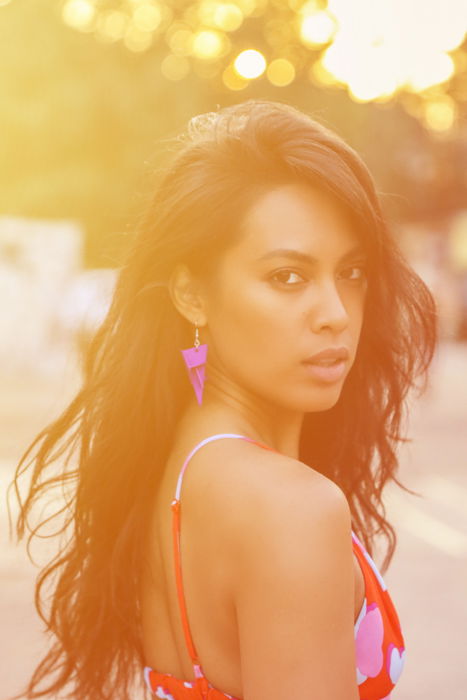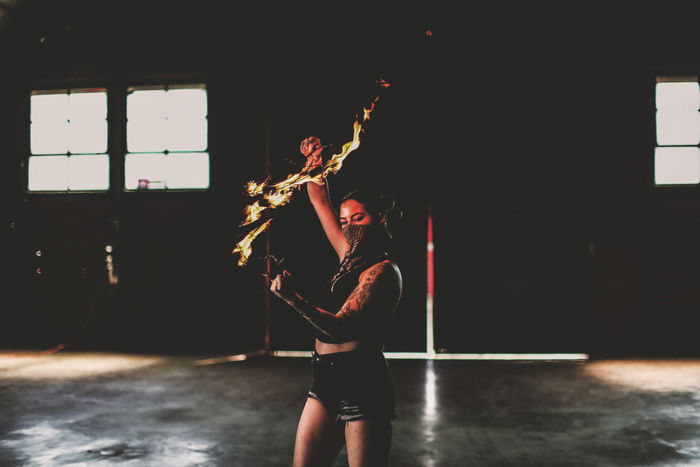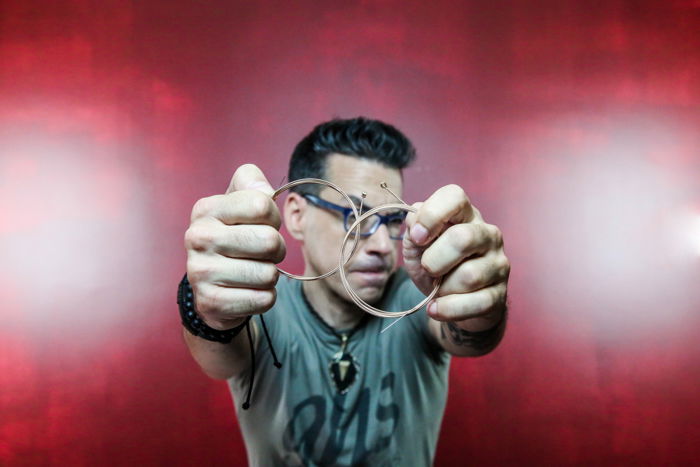A photography shot list is a great way to manage your workflow and keep track of the photos you want to take. A shot list can be as simple or detailed as you like, but the important thing is that it helps you stay organized and focused while shooting. Here are four tips for creating an effective photography shot list.

In layman’s terms, a shot list is a checklist of the images you want to capture during a shoot.
The terminology used to apply to films and television shows. But nowadays, shot lists apply to photography in equal measure.
A shot list comes in many shapes and forms, and no one method works for all. Shot lists can be a checklist of written notes in a notebook or sketches on a paper pad. Or something more advanced like three-dimensional renderings.
Some shot lists are even storyboard-style illustrations, like a comic book.
However you express your ideas, a shot list organizes them into a ‘to do’ list for a photo shoot.

In all honesty, you should use a shot list all the time. It makes things so much easier, even if it’s only a mental map.
These are the main sessions where a shot list is indispensable:
For such a once-in-a-lifetime moment, there is no room for error. You’ll never get that moment back.
Wedding photographers often use a shot list for the entire event. It ensures they capture the key moments. The shot list also helps them plan compositions and shooting arrangements.
Larger weddings often have second shooters. If there is more than one photographer present at the wedding, use a shot list to delegate.
Each photographer will know what they’re after, and there will be no duplicates in the mix.
Much like weddings, events are also all about capturing that right moment.
Whether it is a birthday party or an industry mixer, a shot list can help you and your client organize.
They’ll know what to expect from you, and you’ll know what to provide.

Very, very few commercial photography sessions occur without a shot list. Especially for high profile clients or complex shoots.
Think of the shot list as a tentative storyboard. It organizes the story of the advertisement.
Even before you pick up the camera, the shot list helps solidify whether an advert is effective or not.
The list then maximizes your use of time and ensures no key shot is left out.

All kinds of photography can benefit from a shot list. From portraits to pets to even products, a shot list works for all.
I even use shot lists when I photograph live concerts. Even though that scenario is so unpredictable.
Photo sessions that you have no control over still need a game plane.
My music clients know what kind of photographs they’re after. By using a shot list, I can narrow my focus down to the shots that are needed.
And I’m not overwhelmed by trying to photograph everything.

For starters, the need to make a shot list helps open dialogue between yourself and your client. But some photographers struggle with getting information from their subjects.
By creating a shot list, you have opened the communication door wide. You can ask your clients everything you need to know about their photo shoot.
Ask them what their intention for the photographs are, what kind of compositions they like. And anything else you think is relevant.
A shot list also helps manage your client’s expectations. No one wants a disappointing photo shoot because there was miscommunication about what is possible.
By using a shot list as a game plan, you can make sure that your client is well aware of the limits of the photo session. And that they understand what to expect from your services.
The shot list also acts as on-paper proof. Your client can’t claim that you missed a shot that wasn’t disclosed to you.

The biggest benefit is that a shot list helps make the most of your (and your client’s) time.
You’ll spend less time trying to come up with concepts on the spot and more time taking the photographs you need to.
If you’re doing an outdoor session, the shot list can help organize the time of day that you take specific images. These include sunset or golden hour photographs.
Finally, a shot list ensures that no critical images are missing from your photo shoot.
Nothing is worse than not capturing a photograph that your client really, really wanted.
The shot list also helps the client figure out what kind of photographs they want to walk away with.

Have a consultation with your client and discuss their purpose, needs, wants, and expectations for the photo shoot.
2. Write down all of the shots that freely come to mind.
3. Narrow down the list and exclude duplicate shots or those that do not fit the narrative of the shoot.
4. Present the shot list to the client. Then edit the list until both parties are satisfied.

The general components of a shot list include the “must haves”, “detail shots”, “wide shots”, and “close ups.” It’s a good idea to break your list down into sections.
Don’t forget candid shots! Even surmising candid moments in a shot list is effective.
When presenting a shot list to your client, remember that they are not photographers.
It is always a good idea to include some samples of editing styles, composition, aesthetic. Any other image representations of your idea to the client are also useful.
Avoid using difficult photography terminology that your client may not understand. Yes, aperture and light refraction count.
This helps them be on the same page with you and visualize what you’re trying to tell them.

At the photo shoot, sync your shot list to your phone, smart watch, or other small device.
That way you can always pull it up for reference at a moment’s notice.

It’s okay to go off script sometimes. Yes, we stress the importance of a composed shot list.
your creativity has to take a backseat! Now go out there and take brilliant photographs with your shot lists!